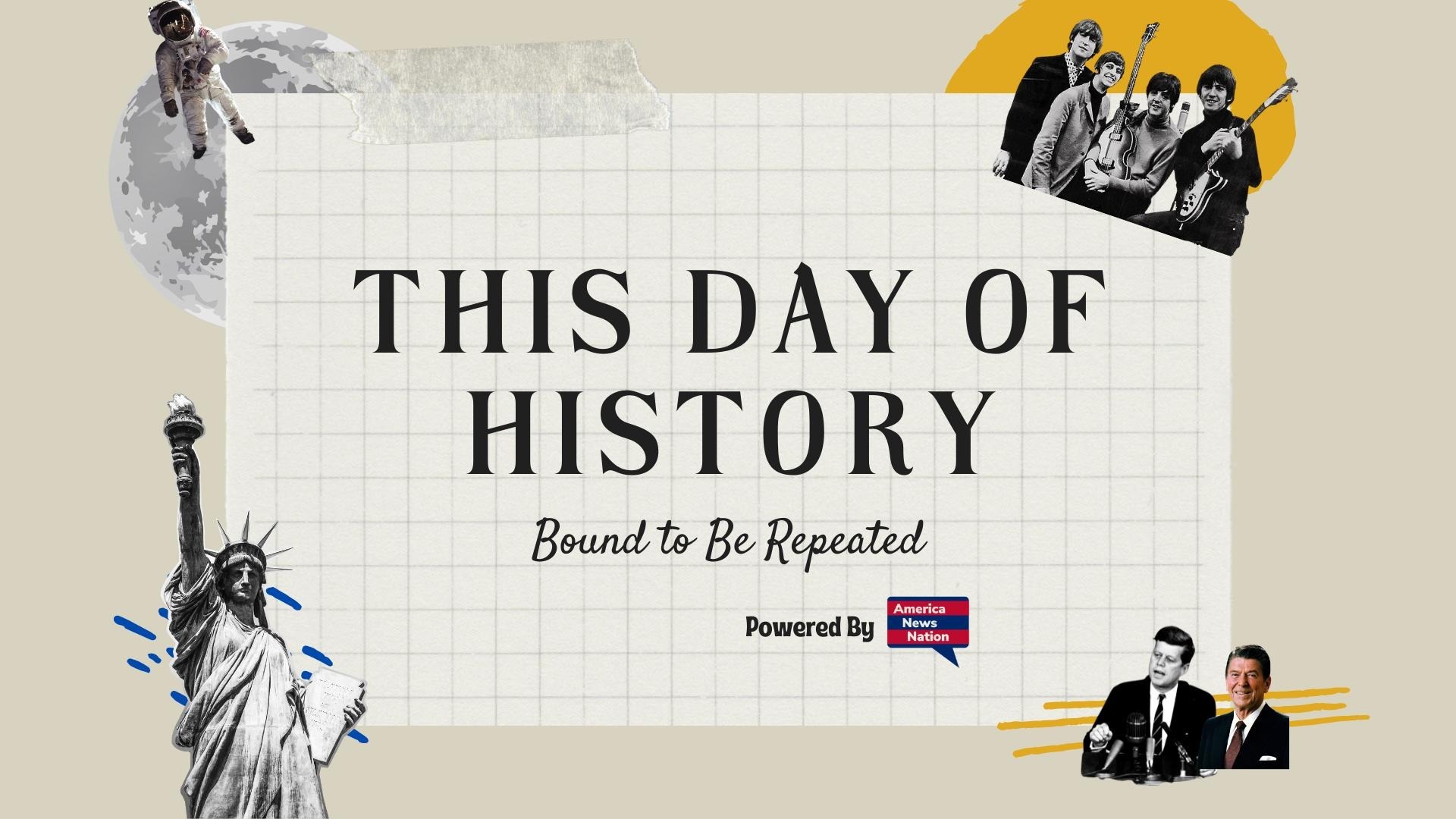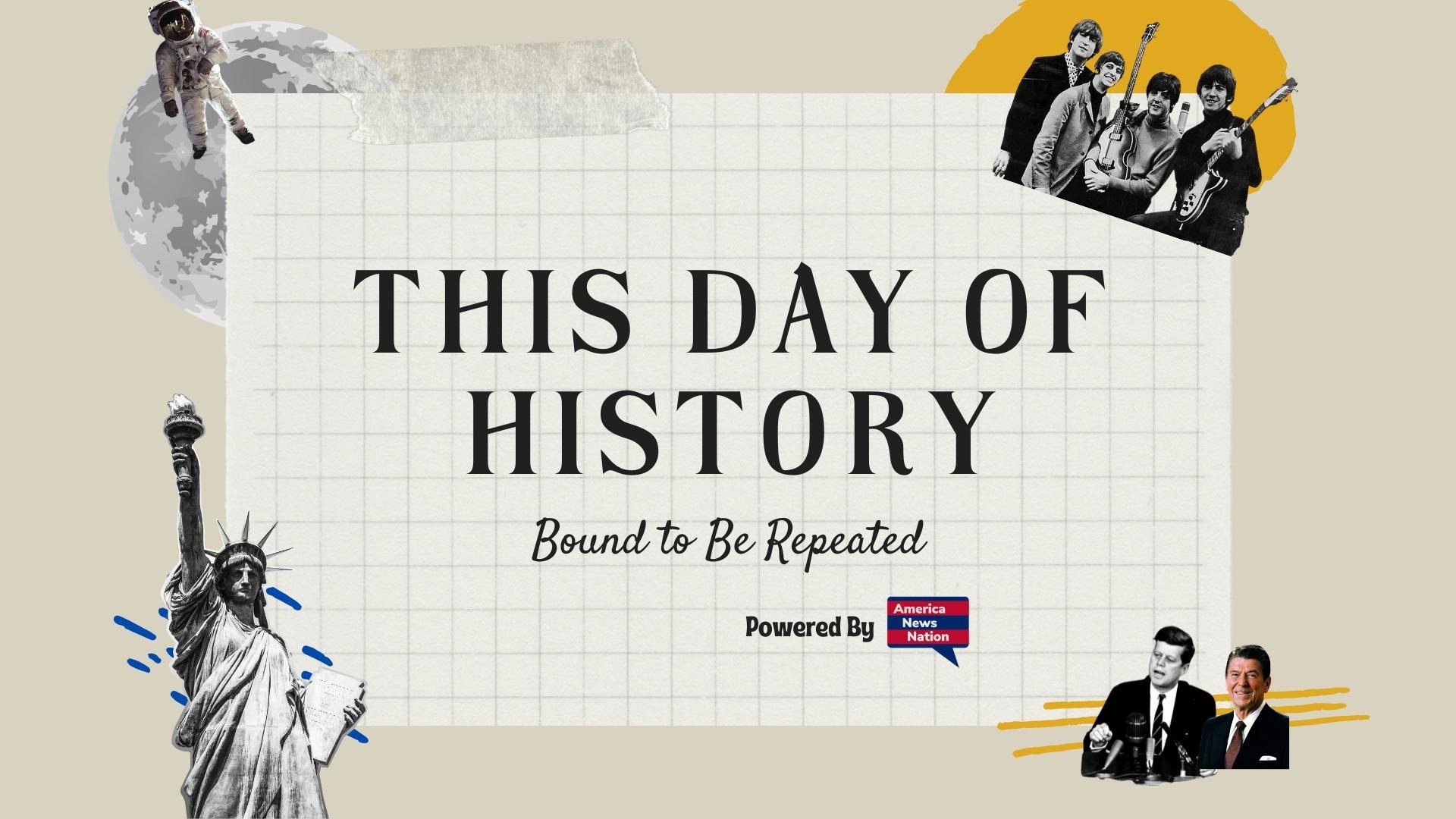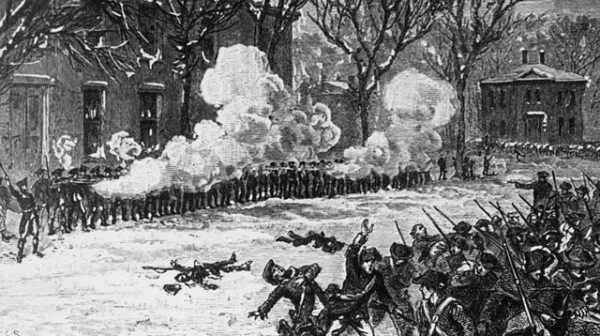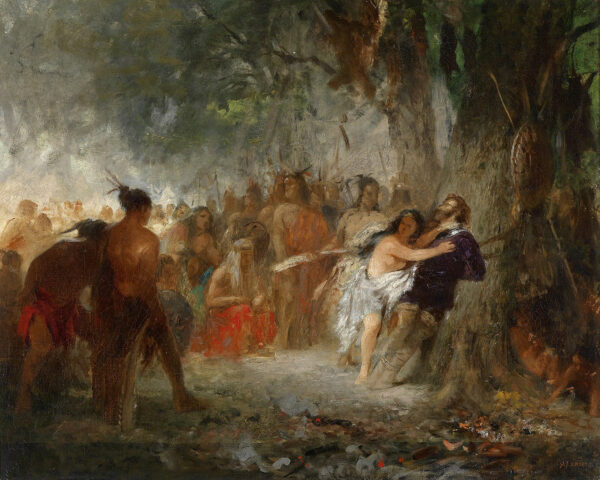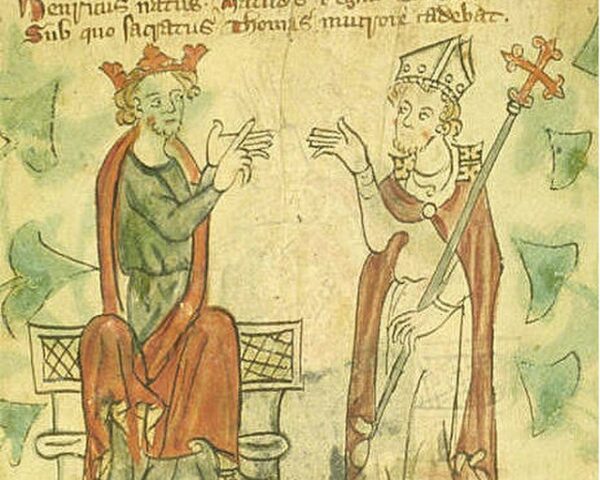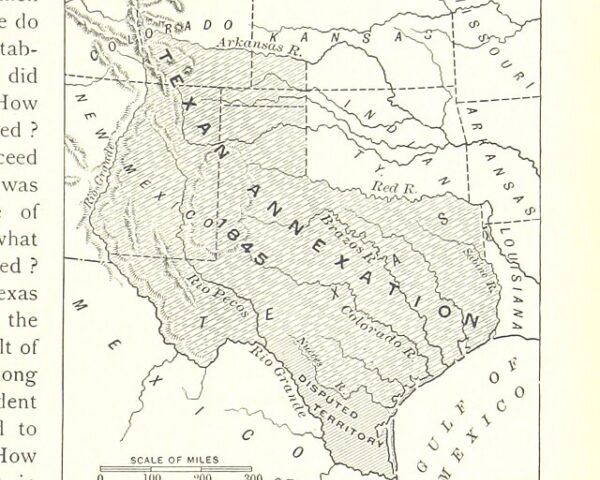In Boston on August 29, 1786, the Revolution was scarcely a decade old when its veterans once again took up arms—not against a king, but against their own courts. In western Massachusetts, angry farmers shut down the Northampton courthouse, muskets in hand, determined to stop judges from seizing their land for unpaid debts. The uprising, led by former Continental Army captain Daniel Shays, revealed how quickly the promises of independence had begun to unravel under the weight of taxes, foreclosures, and broken trust.
The grievances were clear enough. Burdened by heavy debts, high state taxes, and scarce hard currency, farmers across Massachusetts found themselves dragged before courts, their lands seized, their livelihoods auctioned. To men who had fought in the Revolution only a decade earlier, the irony was bitter: the same Commonwealth that hailed them as patriots now branded them delinquents. If tyranny had once come in the form of a British tax collector, it now came in the guise of sheriffs and lawyers enforcing writs of foreclosure.
At the heart of the rebellion stood Daniel Shays, a former Continental Army captain whose war record lent moral weight to the farmers’ cause. Shays and his followers styled themselves as “Regulators,” borrowing the name of earlier colonial insurgents who had challenged corrupt authority. They marched under no foreign flag but under the banner of debt relief and justice. Their aim was not to overthrow the Union but to win reprieve from what they called “oppressive government” closer to home. Yet the spectacle of armed citizens rising against a state legislature rattled Boston’s mercantile elite, who whispered darkly of anarchy and mob rule.
The first act of the rebellion unfolded as bands of farmers converged upon the courthouse at Northampton, intent on halting debt hearings. Muskets slung over shoulders, they barred entry to judges and officials, declaring that no more foreclosures would proceed. Orderly yet defiant, the farmers insisted they had no choice but to take the law into their own hands, since the law as written offered them no mercy. For the moment, bloodshed was averted. But the challenge to civil authority was unmistakable.
The roots of the crisis lay in the economic collapse that followed independence. Lacking the power to levy taxes, the Continental Congress had left each state to manage its own fiscal woes. Massachusetts, governed largely by creditors and merchants, chose a hard path: high direct taxes payable in specie, not paper. For men of property in Boston, this policy signaled stability. For farmers in Worcester or Springfield, it spelled ruin. With markets depressed and debts mounting, imprisonment for unpaid taxes became commonplace. Jails filled with veterans who had once stood at Bunker Hill and Saratoga. Their muskets now pointed inward, against their own courts.
The rebellion’s implications stretched beyond Massachusetts. Observers across the states wondered whether the Revolution’s promise was collapsing under the weight of faction and class conflict. If republican government could not secure both liberty and order, what alternative remained? Alexander Hamilton warned of the dangers of “licentiousness,” while Thomas Jefferson, writing from Paris, coolly remarked that “a little rebellion now and then is a good thing.” Between alarm and indulgence lay uncertainty, and that uncertainty threatened the legitimacy of the Confederation itself.
For Governor James Bowdoin and the Massachusetts legislature, the uprising was intolerable. Plans were laid to muster militia loyal to the state, financed not by the legislature’s empty coffers but by private subscriptions from wealthy citizens fearful for their property. The irony deepened: a rebellion fueled by debt would be met by an army raised by private capital. Shays and his followers, many of whom could not pay their taxes, would face men funded by those very taxes’ proceeds.
As the rebellion spread through Berkshire, Worcester, and Middlesex counties, each courthouse became a battleground. Whether those confrontations ended in compromise, collapse, or bloody suppression remained uncertain. What was certain was that Massachusetts had become a proving ground for the young Republic.
August 29, 1786, was remembered not simply as the day farmers barred a courthouse, but as the moment when the Revolution’s unresolved contradictions returned home. The war for independence had promised freedom; the war against debt threatened to undo it. Whether the United States could withstand this test would determine whether liberty endured or perished.
